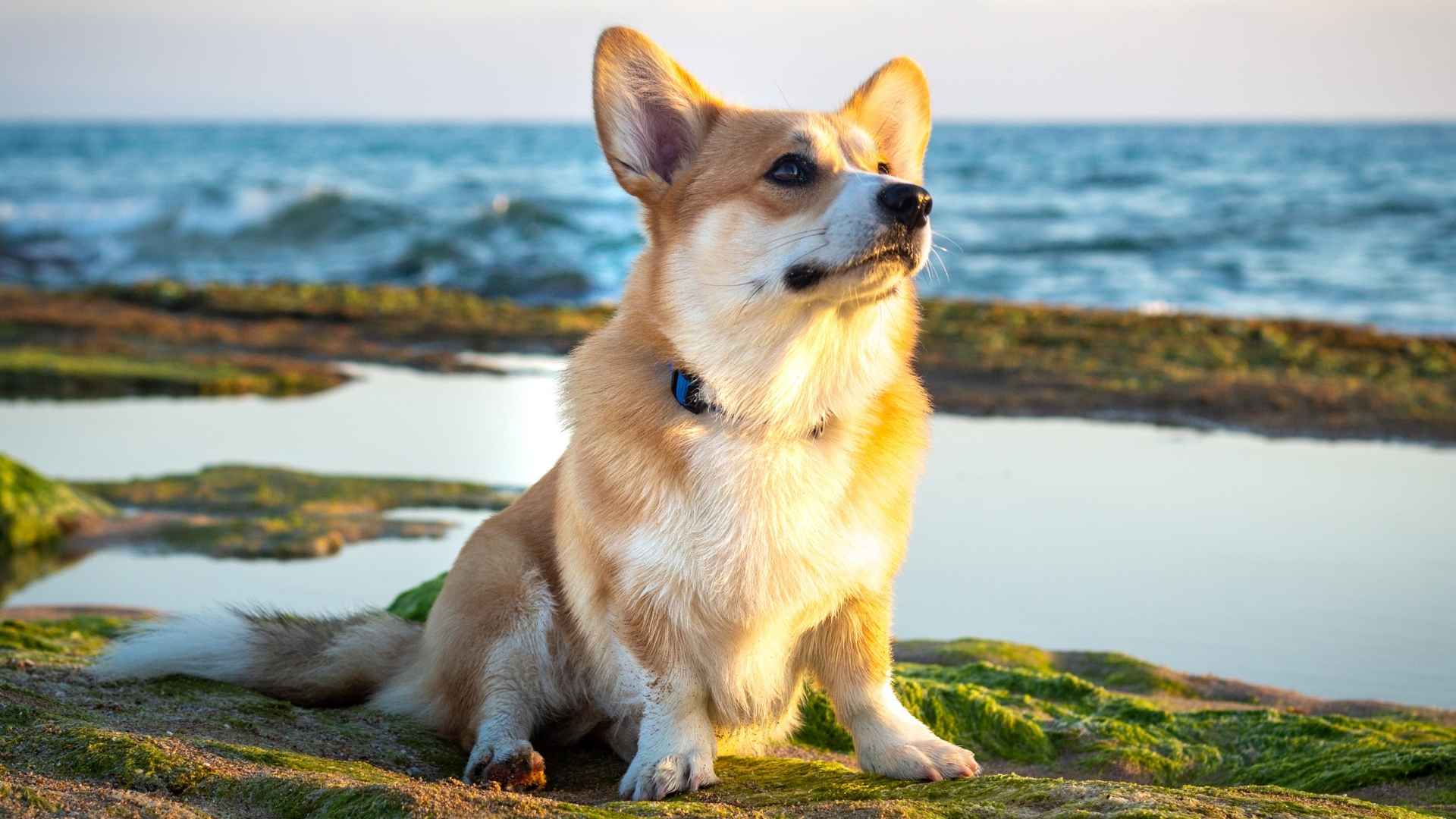Some dogs are just not meant for swimming. You might think all dogs are natural-born swimmers, but that is not true. In fact, some dog breeds are the worst swimmers. But it’s not their fault!
Their body shape plays a big role. These pups usually have short legs, heavy builds, or flat faces. This can make it harder for them to stay afloat. You might be surprised that for some pups, even shallow water can be too much!
If your dog is one of those that avoids the pool or struggles in water, don’t worry! You are not alone. Cheer up, because in this blog, we are going to walk you through the dog breeds that struggle the most in water and how to keep them safe around water.
Dog Breeds That Are The Worst Swimmers
1. Basset Hound
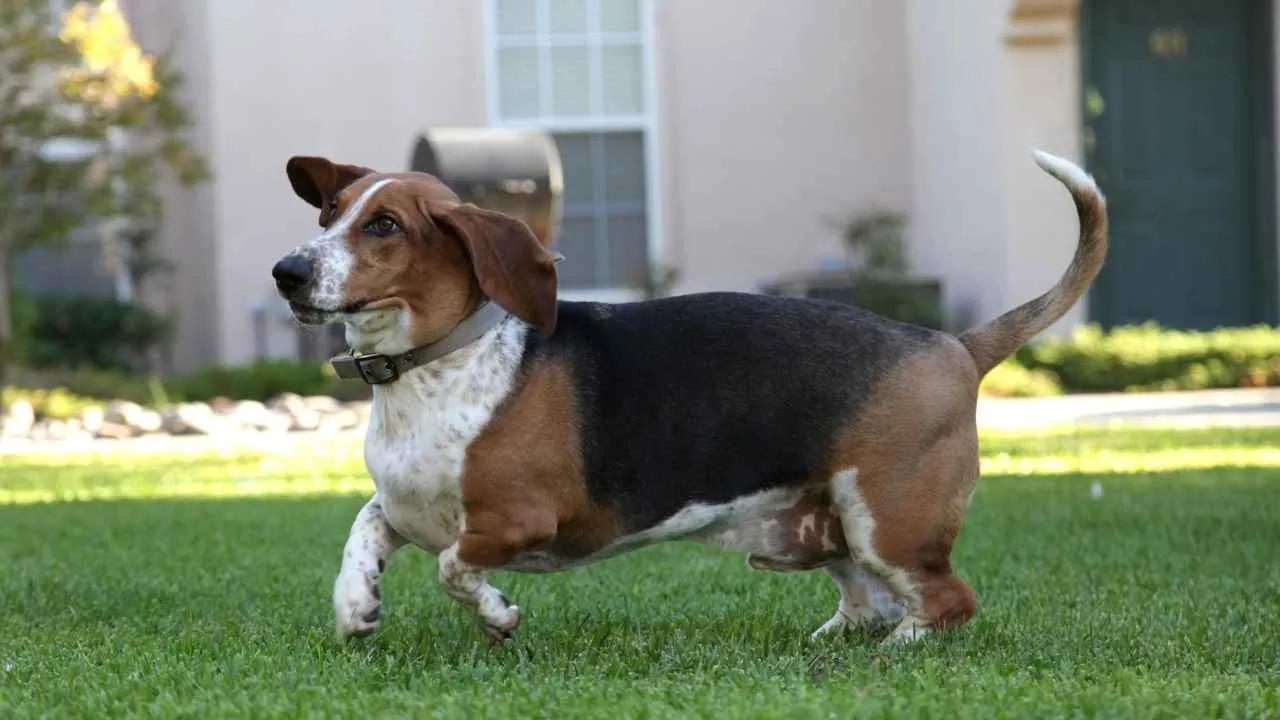
|
Breed Group |
Hound |
|
Height |
upto 15 inches |
|
Weight |
40 to 65 pounds |
|
Lifespan |
12 to 13 years |
Purina states that Basset Hounds are the second-best sniffers in the canine world, but they are definitely not made for water sports! Their bodies work against them in the water. They have disproportionately short legs. Their bodies are heavy and long. This makes it hard for them to float or paddle well. Their legs can’t push enough water to stay up. Because of this, they get tired quickly.
Their big heads and thick chests pull them down. These pups also have a dense bone structure. So they sink easily and can’t stay afloat like other dogs. Another problem is their long ears. When water gets in, it stays there. That warm, wet space is perfect for bacteria.
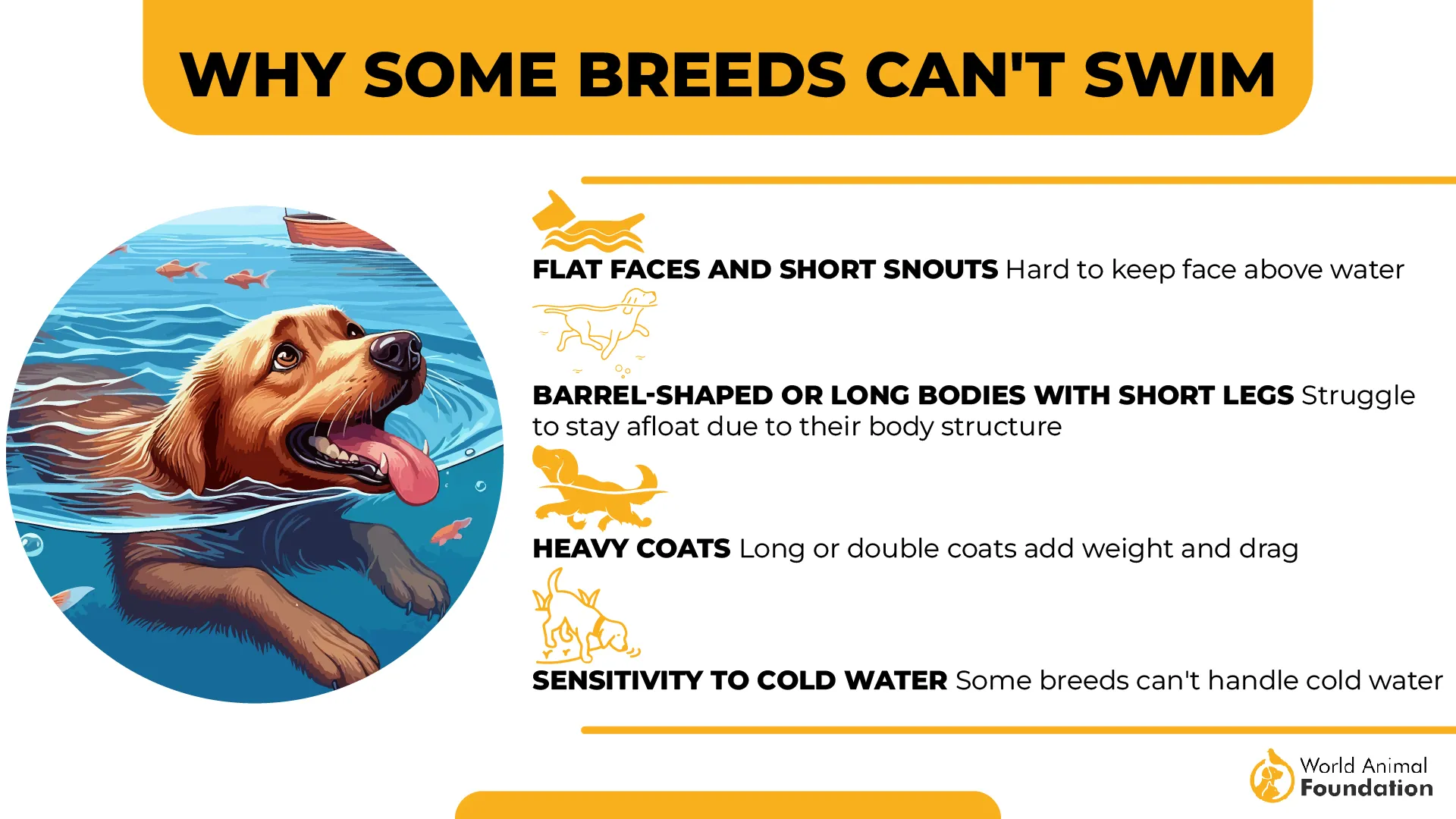
They may love to play on land. But in the water, it’s risky. Even if they’re near the pool, keep a close eye. Never let your Basset Hound swim alone. Use a dog-safe life jacket if you must bring them near water.
If your Basset does get wet, dry their ears right away. Keep them in shallow water only and watch for signs of tiredness.
2. Bulldog
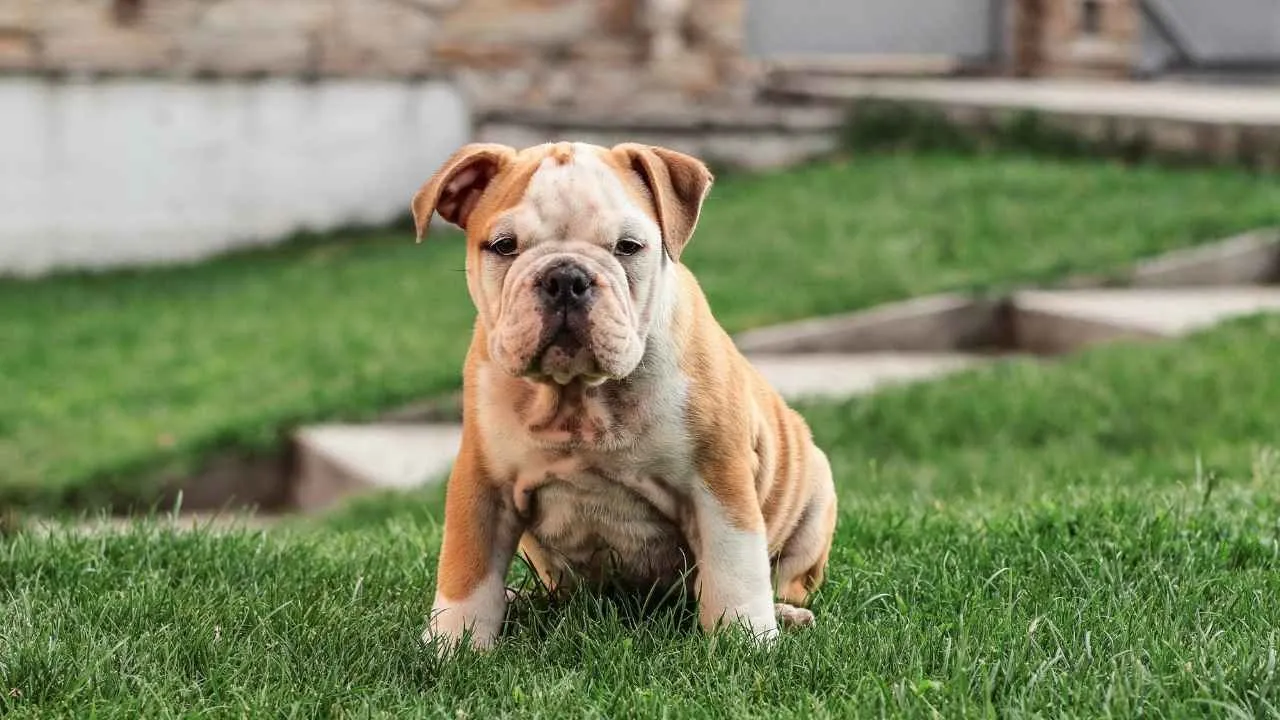
|
Breed Group |
Non-Sporting |
|
Height |
14 to 15 inches |
|
Weight |
40 to 50 pounds |
|
Lifespan |
8 to 10 years |
Bulldogs are indeed a tough breed, but they are one of the worst dog breeds when it comes to swimming. Their bodies just aren’t made for it.
They have big heads and deep chests. Their bodies are thick and heavy. The American Kennel Club says that despite their small size, they can weigh up to 50 pounds! Add in their short legs, and you’ve got a dog that sinks fast. It’s hard for them to float or do the dog paddle at all.
Bulldogs are also brachycephalic breeds. This means they have a short nose and flat face. This makes it hard for them to breathe, especially during exercise or play. Their airway can be blocked if they get water in their nose, and that can lead to real danger.
Swimming is even riskier in hot weather. These dogs already struggle to cool down. Along with overexertion or stress, it can lead to breathing trouble or even heat stroke.
They might enjoy splashing around a little. But keep them in shallow water and limit their time. Bulldogs are much safer on dry land.

3. Pug
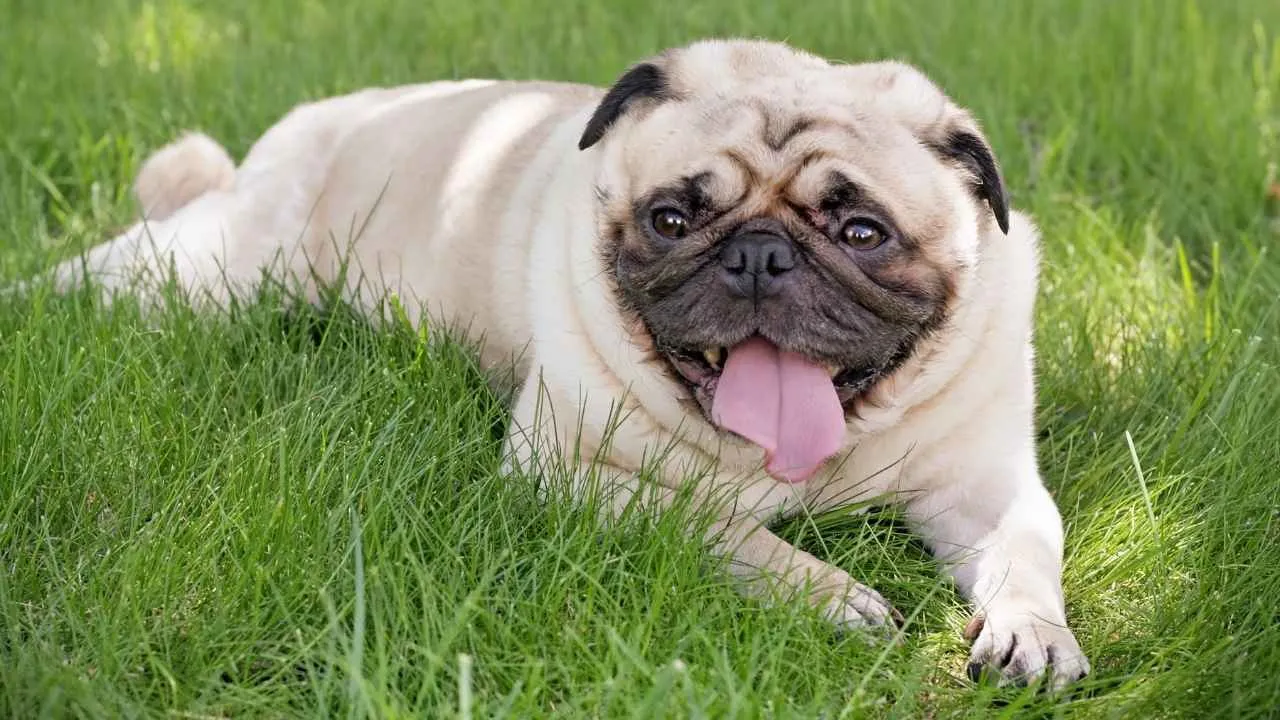
|
Breed Group |
Toy |
|
Height |
10 to 13 inches |
|
Weight |
14 to 18 pounds |
|
Lifespan |
13 to 15 years |
The pug is adorable indeed. However, keep in mind that swimming is definitely not their strong suit. They are built like a tiny bulldog, which is not a good thing in water.
Pugs have big, round bodies and short legs. They also have a dense body. This makes it harder for them to float. These pups are brachycephalic breeds as well. It means they have flat faces and short noses. That causes breathing problems, especially when they’re excited or tired.
Their narrow nostrils and long soft palate can also block their airway. If water gets in, it can be very dangerous. Overheating is another issue. Add in warm water or hot weather, and things can go wrong quickly.
It is recommended to keep them in shallow water only if your Pug is joining you at the swimming pool or beach. Better yet, let them chill on a float with a dog-safe life vest. Never let them swim alone!
4. Dachshund
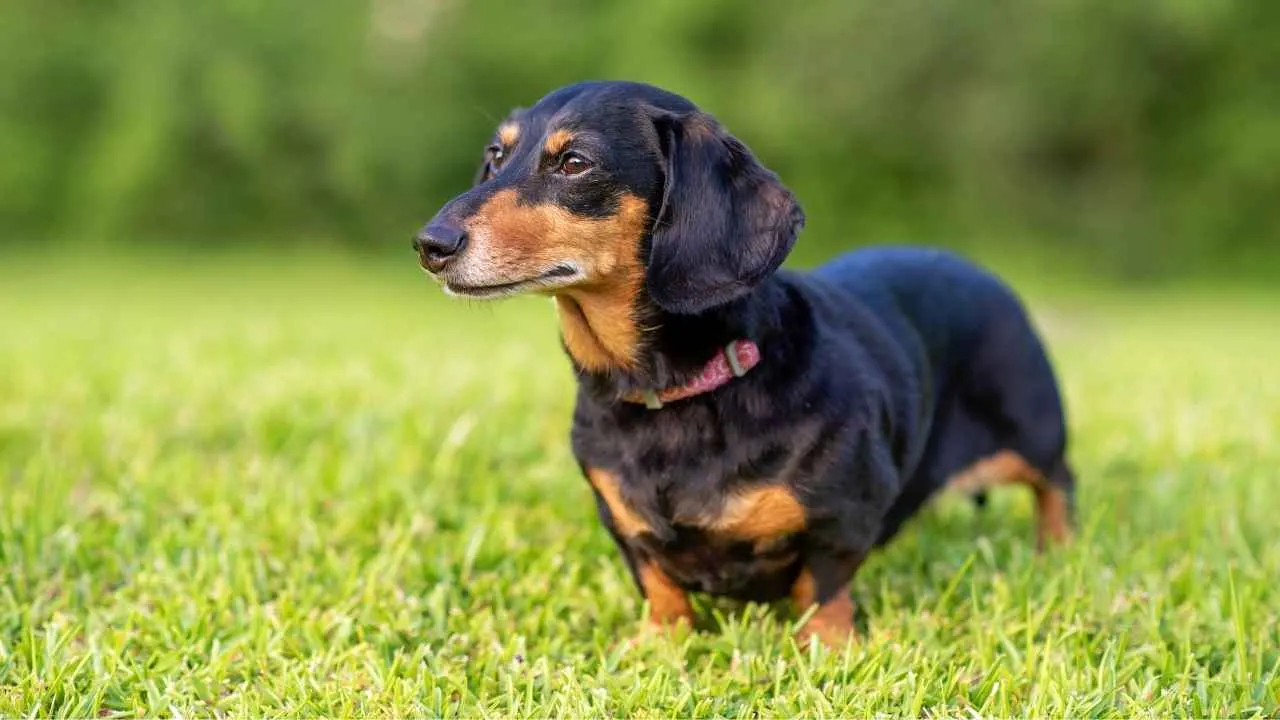
|
Breed Group |
Hound |
|
Height |
5 to 9 inches |
|
Weight |
11 to 32 pounds |
|
Lifespan |
12 to 16 years |
Dachshunds may be fast and fun on land. The bad part? You guessed it! They also struggle in water. Their long bodies and short legs make swimming very hard.
Despite being so lightweight, their shape works against them. Their short legs can’t push much water. That makes padding awkward and tiring. They use a lot of energy fast and get worn out quickly.
Dachshunds don’t have flat faces. This is one of the reasons they can breathe better than some breeds. But that doesn’t help much in the pool. Their body shape still puts them at risk.
Many Doxies love running and jumping. They’re active and playful. So instead of taking them swimming, try safer water activities like a yard sprinkler. It’s a great way to help your dog cool off in hot weather without any risk.
5. Pembroke Welsh Corgi
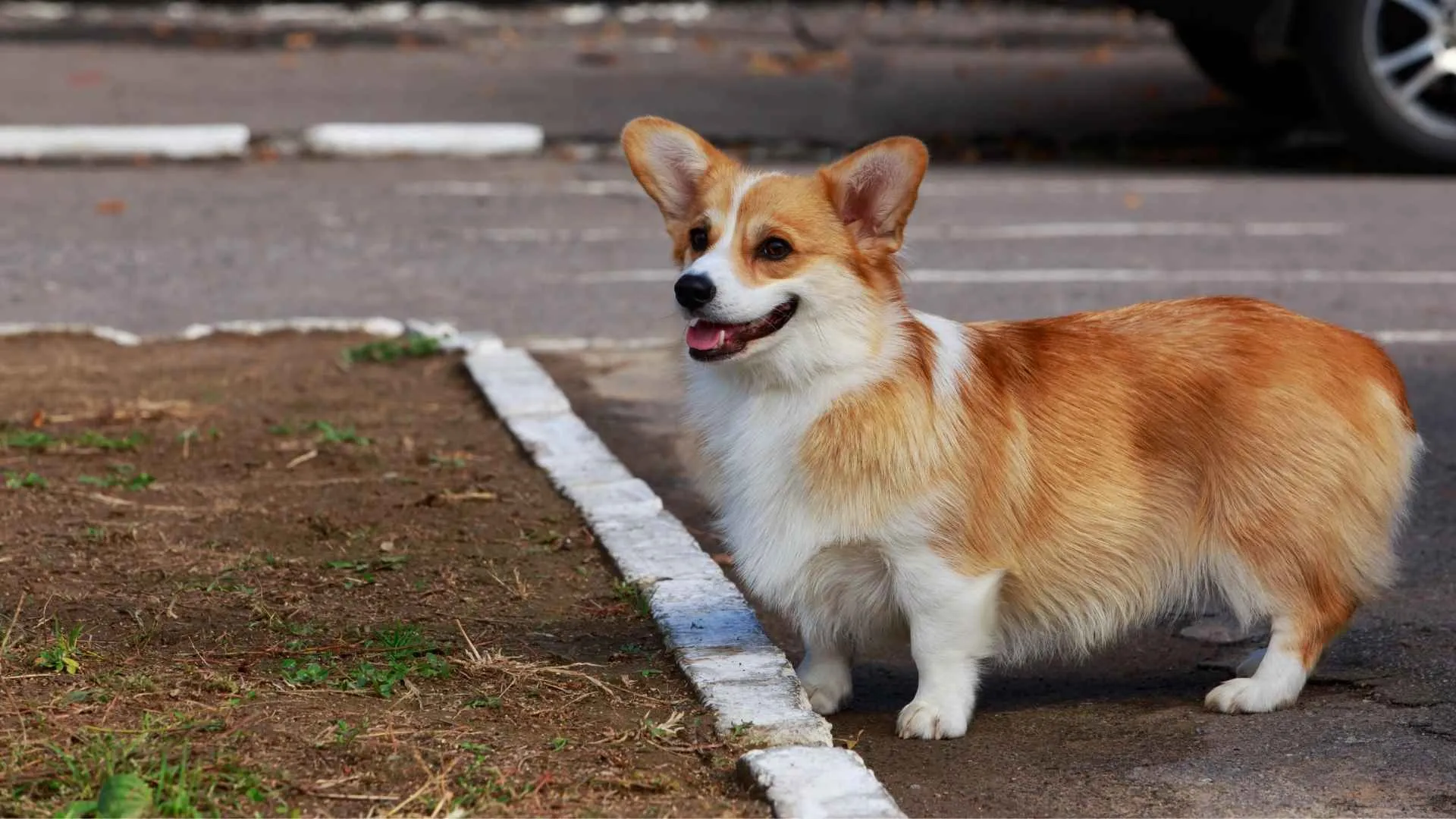
|
Breed Group |
Herding |
|
Height |
10 to 12 inches |
|
Weight |
around 30 pounds |
|
Lifespan |
12 to 13 years |
Corgis are strong and full of energy. They were bred to herd cattle and sheep. On land, they are fast and athletic. But in water, things can be… well, different.
Their bodies are short and thick. WebMD mentions that they have a barrel-shaped body and dense build. Their legs are small and close to the ground. These traits make swimming tough.
Corgis try hard to stay afloat, but their shape makes it hard to paddle. They get tired fast and can sink if left alone. Even a shallow pool can be unsafe without help.
That doesn’t mean they can’t enjoy the water. They can splash in a kiddie pool or walk along the shore. They just should not swim far or go into deep water.
Always put on a life vest on your corgi if it is near a body of water. Let them sit with you on a boat or relax by the beach. Just keep them out of the deep end.
6. Pekingese
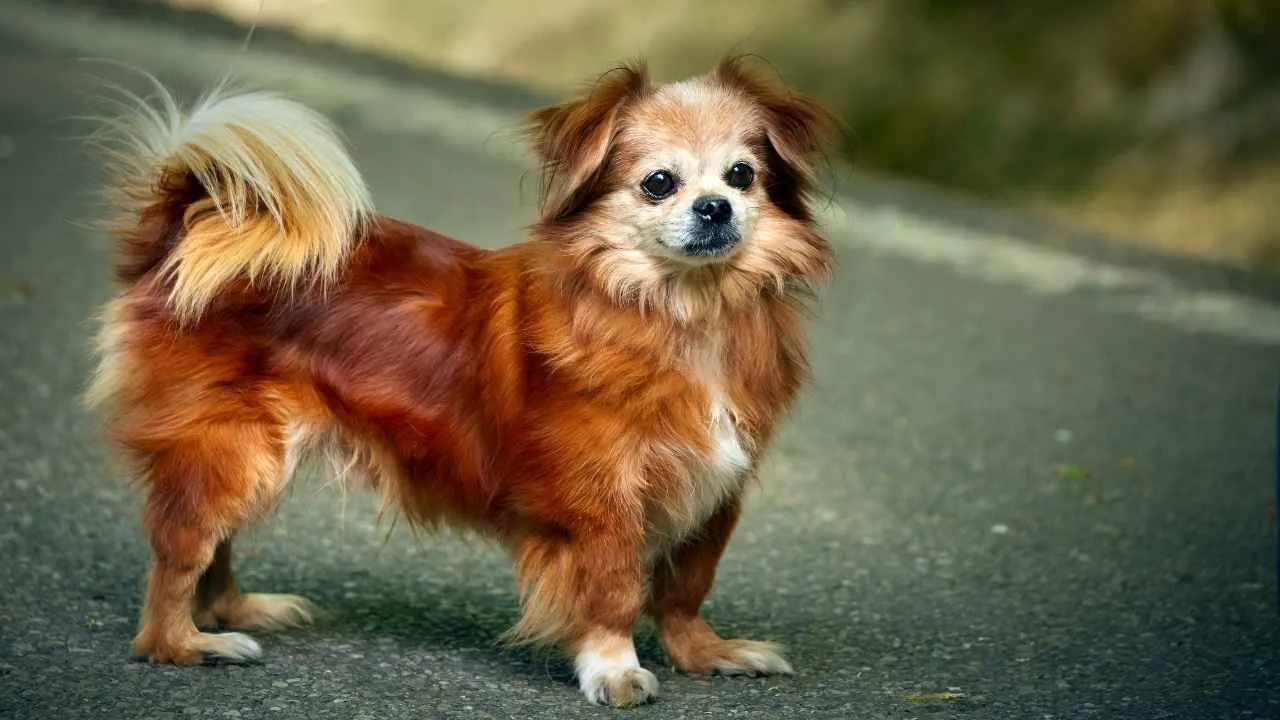
|
Breed Group |
Toy |
|
Height |
6 to 9 inches |
|
Weight |
up to 14 pounds |
|
Lifespan |
12 to 14 years |
The Peckingese is a cute little pup with a royal look. But this breed is not made for the water. They have a flat face and short legs. This makes swimming very hard. They are also not very strong or athletic. That means they can tire quickly, even after a short swim.
Pekingese are brachycephalic, so they have trouble breathing during activity. If water gets near their nose, it can block their airway. This puts them at real risk in pools or at the beach.
If you’re bringing your Peke to the beach or swimming pool, keep them safe. Always use a dog-safe life jacket. Set them up in the shade and give lots of fresh water to avoid heat stroke.
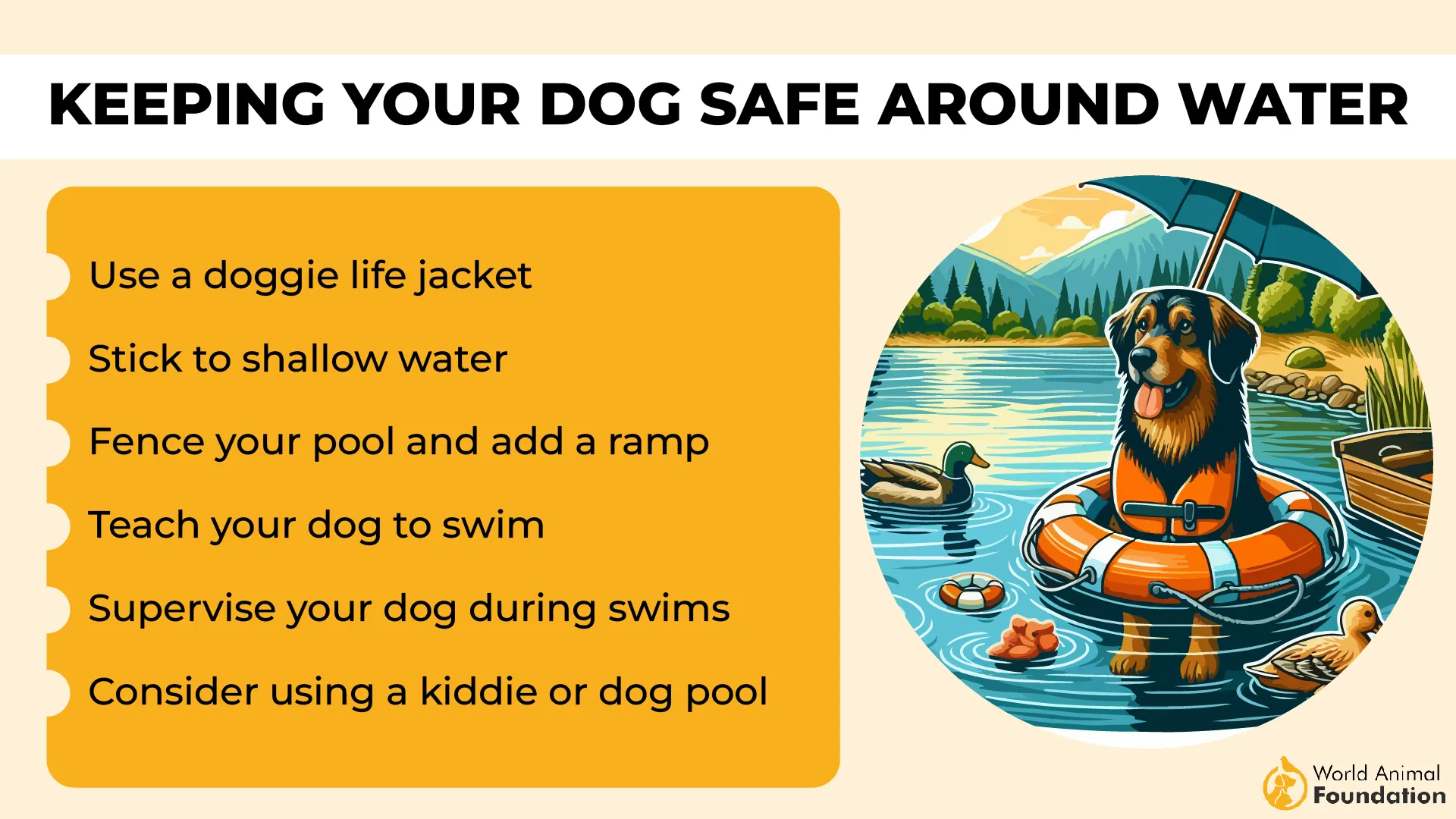
These dogs love to relax. A floating bed or dry towel near the water is perfect. Let them enjoy the view without getting wet.
7. Shih Tzu
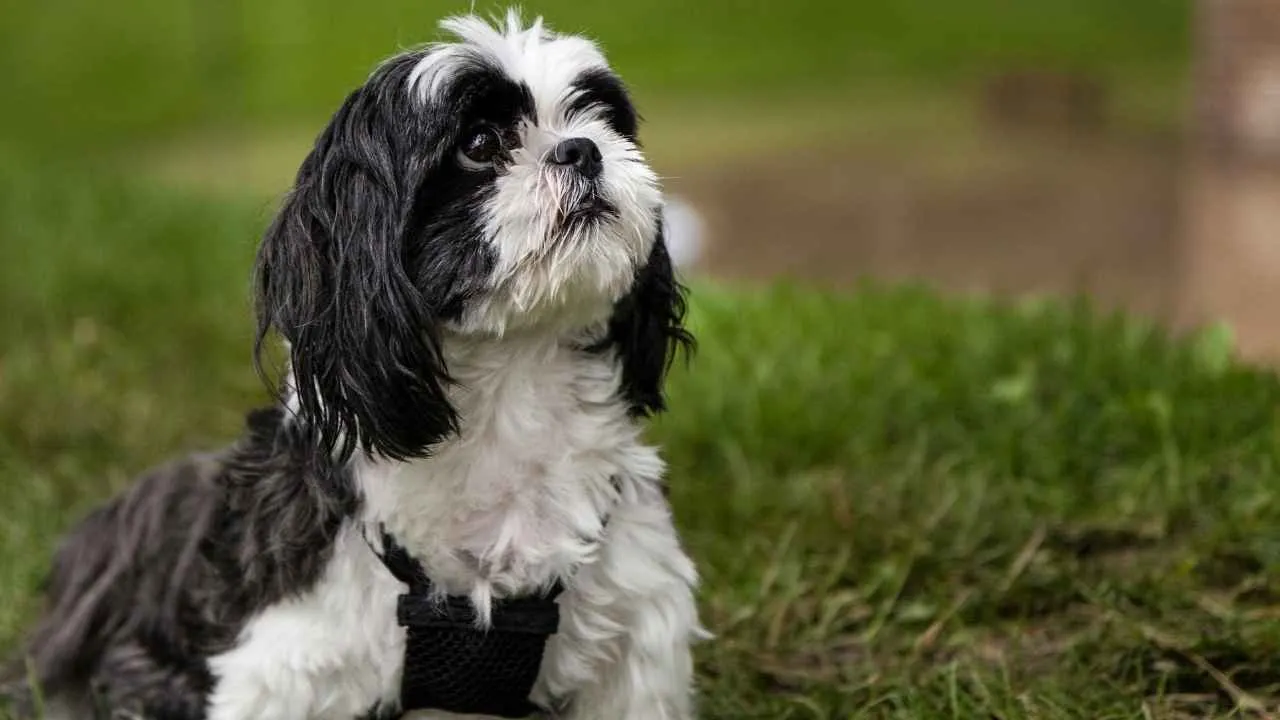
|
Breed Group |
Toy |
|
Height |
9 to 10.5 inches |
|
Weight |
9 to 16 pounds |
|
Lifespan |
10 to 18 years |
Shih Tzus are sweet and fluffy, but swimming is not their thing. They are flat-faced breeds, have short legs, and a deep chest. These body traits make it hard for them to stay afloat. Their breathing is already a bit tricky, and swimming only makes it worse.
It becomes even harder if their coat is long or full. Wet fur gets heavy. It can pull them down or cover their face. That makes it tough to breathe or see clearly. This can cause panic fast.
Shih Tzus are not natural swimmers. If they fall in by accident, they may not know how to react. Their small legs won’t help much in keeping them above water.
You can still take them to the beach or near a pool. But don’t let them go in without help. Give them a life vest and keep them in shallow water only.
Many Shih Tzus enjoy playing in the sand or just sitting beside you. Let them relax and soak in the day safely.
Conclusion
Not all dogs are natural swimmers. And that’s okay. Some pups have bodies that just don’t work well in water. Short legs, flat faces, and heavy builds make it hard to float, paddle, or breathe.
But that doesn’t mean they can’t enjoy a safe day by the water. Use a vest. Keep the water shallow. Watch them closely.
Most of all, know your dog. They don’t need to swim to have fun. Just being with you is more than enough. Let them play, follow water safety, and enjoy the day, on land or by the pool. This is good for both you and your dog’s mental health!


